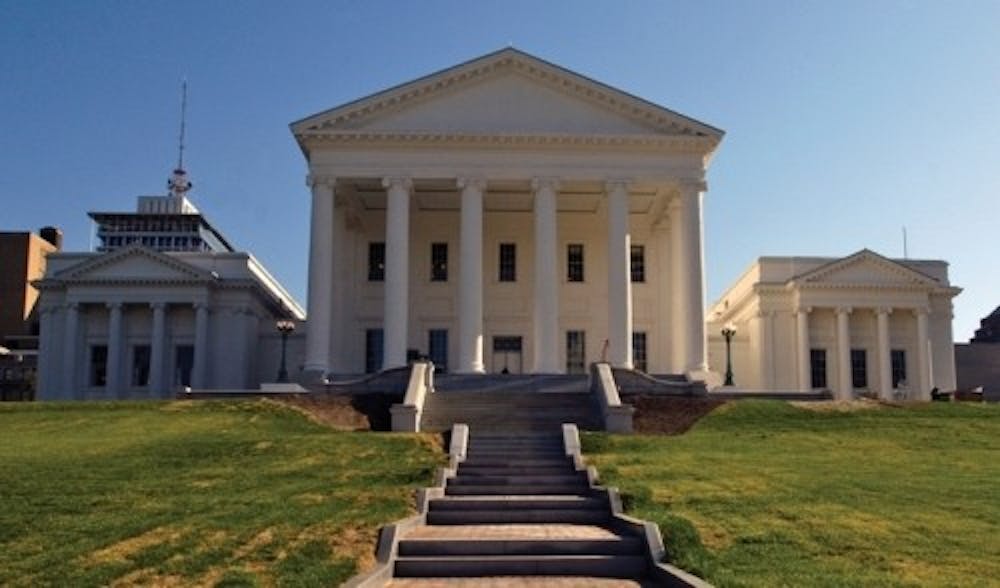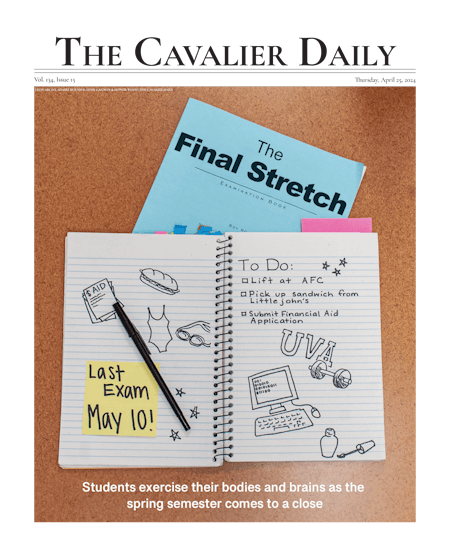The Virginia Joint Legislative Audit and Review Commission recently released a report examining the cost efficiency of Virginia’s higher education institutions, finding that the University is one of three institutions in the commonwealth which spends more than 50 percent above the median of similar institutions nationwide.
Eleven of Virginia’s 15 public institutions spend less than similar institutions nationwide, according to the report, but the University is joined by the College of William & Mary and Virginia Military Institute in the commonwealth's top spenders.
The report, the fourth in a series, is titled “Support Costs and Staffing at Virginia’s Higher Education Institutions.” The series comes in response to recent increases in tuition and fees as well as higher student debt.
The University, along with the other institutions with above-average spending, cite the need to keep up with private research institutions, low student-faculty ratios and high levels of instructional spending as reasons for increased spending, the report said.
The report based determinations of “similar” institutions on the Carnegie Research classification, JLARC Associate Director Justin Brown said. The classification ranks institutions across the country based on factors such as size, setting, enrollment profile and undergraduate and graduate instructional programs. Within this system, the University is considered to be a very high research institution.
Spending on support functions at Virginia’s 15 public education institutions has increased 28 percent since 1991, with the majority of the increase occurring from 1991-2000, according to the report.
Support functions consist of any provided service which benefits students and faculty, such as information technology, counseling, health care and course and curriculum development.
In 2012, $1.2 billion was spent on support functions according to the report — more than one-fifth of all total spending at public four-year institutions in Virginia.
The largest proportion of support spending was on academic support functions, which include libraries, curriculum development and academic administration.
Ten Virginia institutions spend more on academic support than similar schools around the country — but eight of those Virginia schools have higher retention and graduation rates than comparable schools, the study reported.
The report said Virginia institutions could reduce costs by examining their organizational structures. Many organizations have too many supervisors, leading to an increase in unnecessary costs, the report said.
The release also said that in 2013, the University strengthened its organizational effectiveness initiative, which is aimed at enhancing the University’s academic mission by better stewardship of financial, physical plant, human and technological resources.
Patrick Hogan, University executive vice president and chief operating officer, said the University will review the report’s recommendations and adopt appropriate measures if needed in the future.
“While these rankings clearly show that U.Va. delivers a high-quality education while spending less per student than most institutions, we recognize that there are areas in which we can achieve greater efficiencies without sacrificing academic quality,” Hogan said in the press release.
The fifth and final report of the series, “Reducing the Cost of Public Higher Education in Virginia,” will be released in November.





